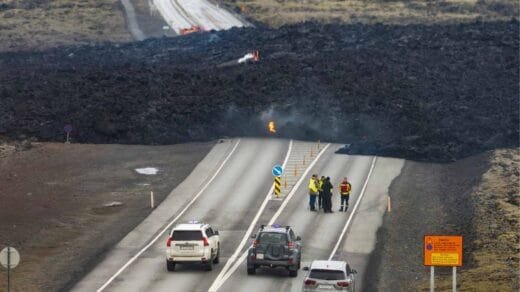The Evolution of Irish Flags and Trade Relations in Ireland: A Historical Perspective
When exploring the history of Ireland, it is impossible to overlook the significance of flags and their evolution over time. Flags have played a crucial role in representing the identity, culture, and aspirations of the Irish people. In this article, we will delve into the history of Irish flags, their transformation over the years, and examine the current state of trade relations between the north and south of Ireland, as well as the overall soundness of the economy.
The Evolution of Irish Flags
The earliest known Irish flag dates back to the 16th century and was a simple design featuring a golden harp on a blue background. This flag, known as the “Harp Flag,” represented the island as a whole and was widely recognized as a symbol of Ireland.
However, as the years passed and Ireland experienced political and social changes, the flags used to represent different factions within the country began to vary. The most notable divergence in flag design occurred in the early 20th century during the struggle for Irish independence.
The flag most commonly associated with the Republic of Ireland today is the tricolor flag, which consists of three vertical stripes of green, white, and orange. This flag was first introduced in 1848 by Thomas Francis Meagher and was inspired by the French tricolor. The green stripe represents Irish nationalism, the orange stripe symbolizes the Protestant minority in Ireland, and the white stripe signifies peace between the two communities.
In Northern Ireland, the Union Jack flag, which represents the United Kingdom, is often displayed alongside the Northern Ireland flag. The Northern Ireland flag, also known as the “Ulster Banner,” features a red cross on a white background, with a crown in the center and a red hand symbol in the lower part of the flag.
Trade Relations between North and South
Trade relations between Northern Ireland and the Republic of Ireland have evolved significantly in recent years. Both regions have a strong economic interdependence, with a substantial volume of goods and services flowing across the border.
Since the Good Friday Agreement in 1998, which helped bring an end to the Troubles in Northern Ireland, trade between the north and south has flourished. The removal of physical barriers and the establishment of the Single Market and Customs Union within the European Union have facilitated seamless trade between the two regions.
However, the Brexit vote in 2016 and the subsequent withdrawal of the United Kingdom from the European Union presented a significant challenge to the trade relationship between Northern Ireland and the Republic of Ireland. The issue of the border between the two regions became a focal point of negotiations, as both sides sought to avoid a hard border that could disrupt trade and undermine the peace process.
In order to preserve the peace and maintain trade flows, a unique arrangement known as the Northern Ireland Protocol was agreed upon. This protocol effectively keeps Northern Ireland within the EU’s Single Market for goods, ensuring that trade between Northern Ireland and the Republic of Ireland can continue with minimal disruption.
The Soundness of the Economy
Despite the challenges posed by Brexit and the COVID-19 pandemic, the Irish economy has shown remarkable resilience. Ireland has a diverse and robust economy, with key sectors including technology, pharmaceuticals, agriculture, and financial services.
The Republic of Ireland has experienced consistent economic growth in recent years, attracting foreign investment and becoming a hub for multinational corporations. The country’s skilled workforce, favorable business environment, and membership in the European Union have contributed to its economic success.
In Northern Ireland, the economy has also seen positive developments, although it faces unique challenges due to its political and historical context. Efforts have been made to diversify the economy and promote investment in sectors such as tourism, renewable energy, and advanced manufacturing.
While the COVID-19 pandemic has undoubtedly impacted the Irish economy, the government has implemented various measures to support businesses and individuals during these challenging times. With the gradual reopening of sectors and the successful rollout of vaccination programs, there are positive signs of recovery on the horizon.
In conclusion, the history of Irish flags reflects the complex and evolving nature of Ireland’s political and social landscape. The trade relations between the north and south have undergone significant changes, with the Northern Ireland Protocol playing a vital role in preserving trade flows. Despite challenges, the Irish economy remains sound, demonstrating resilience and adaptability in the face of adversity.




